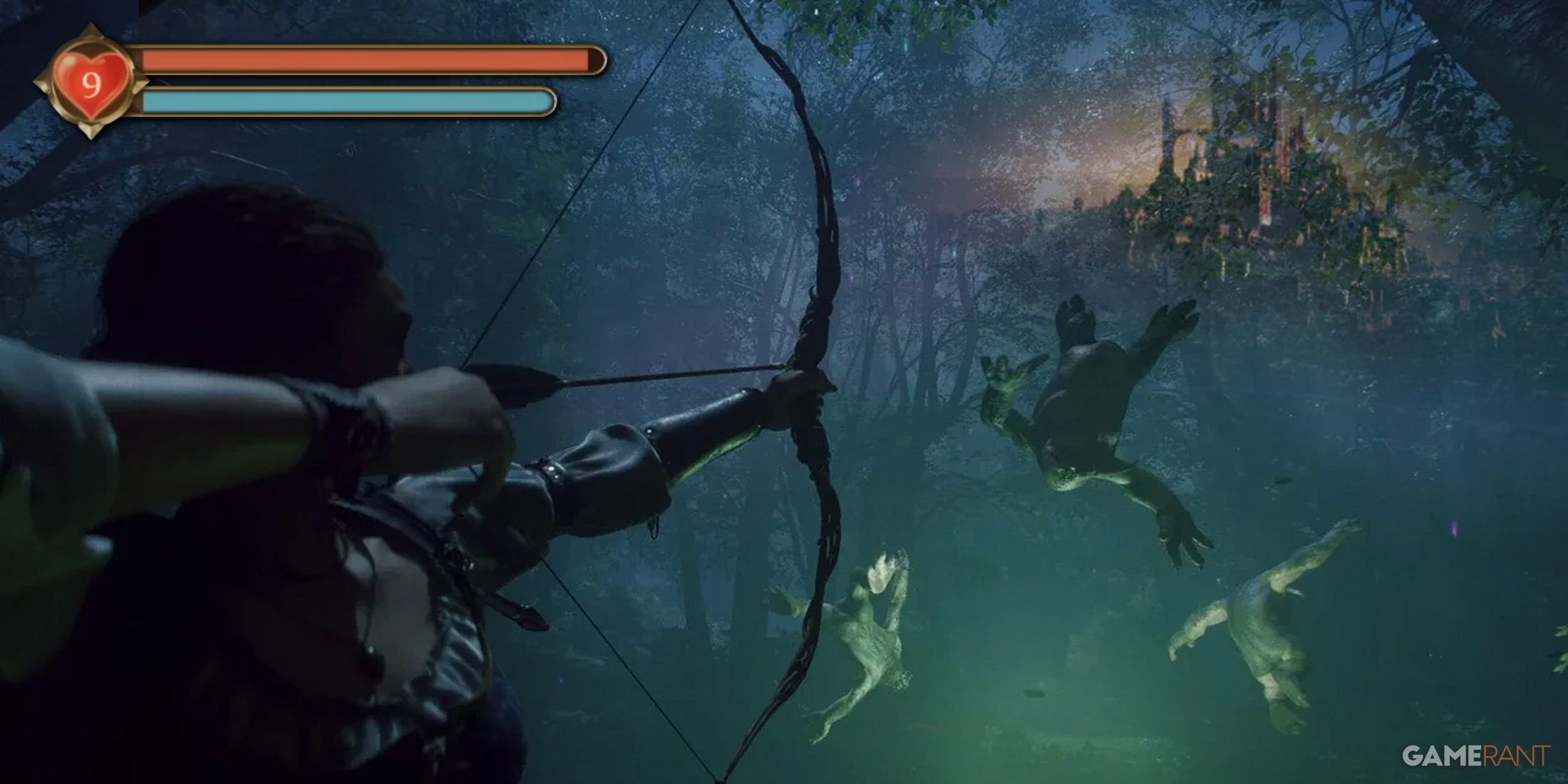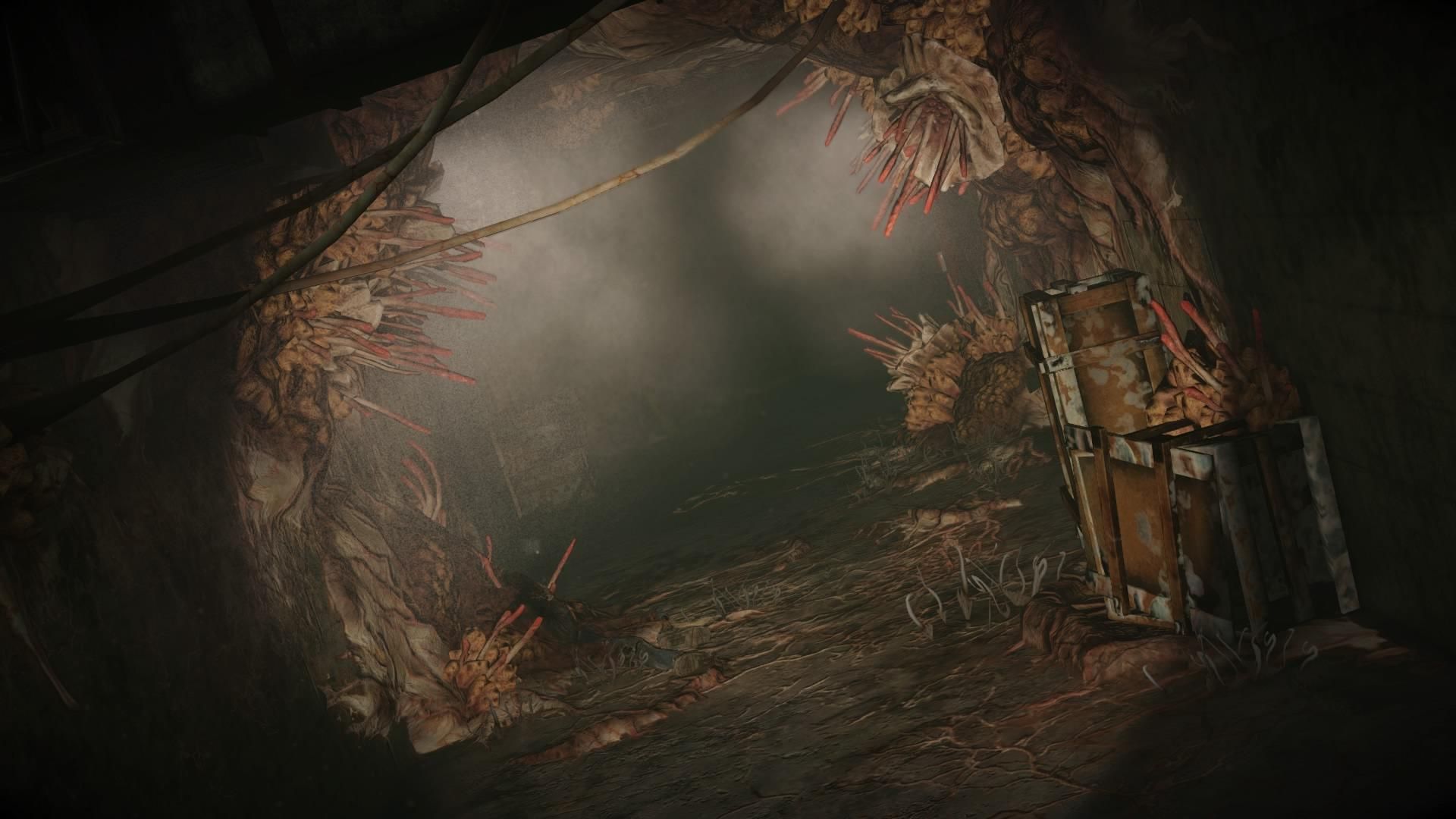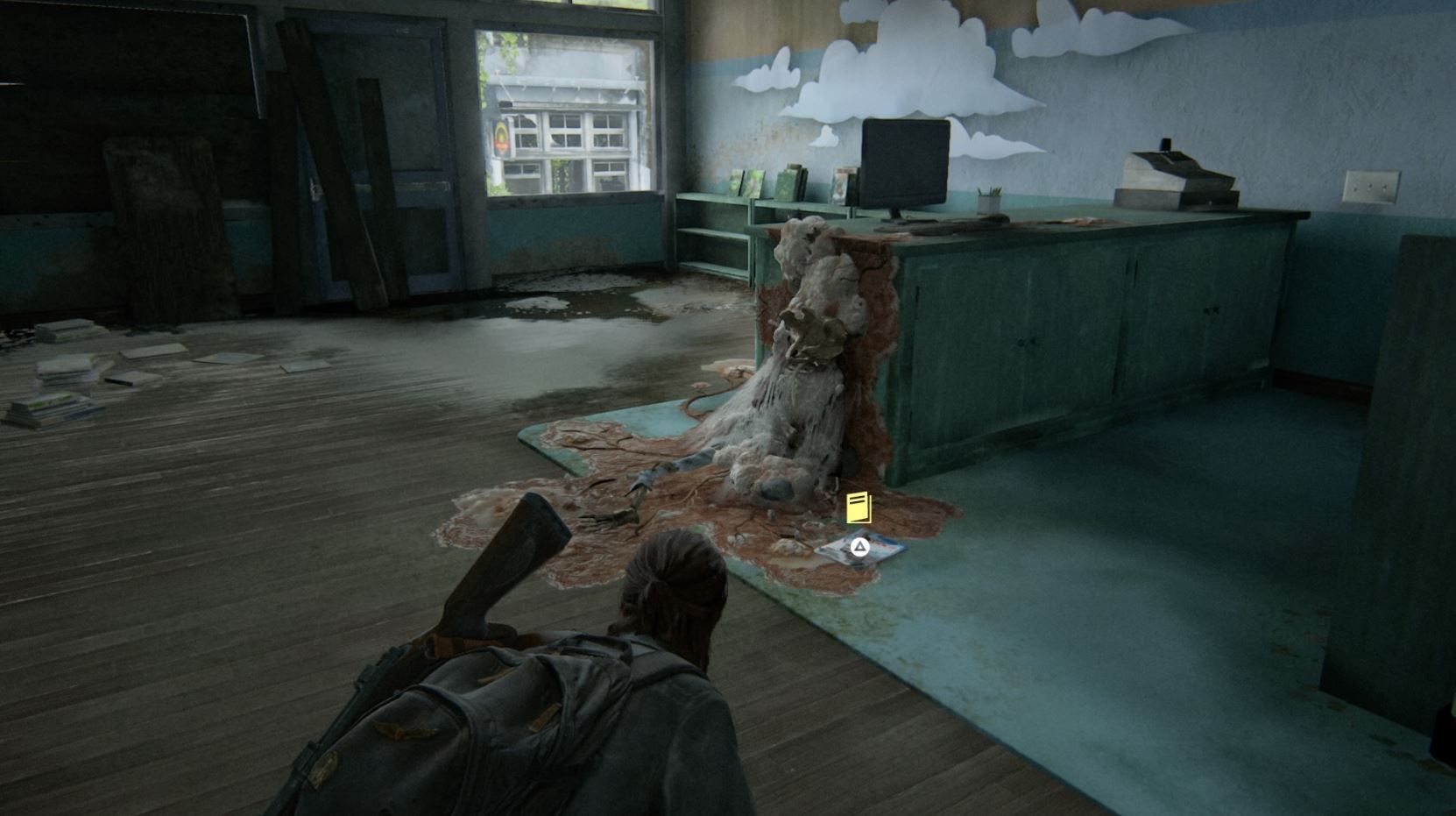The Last of Us’ HBO show will be building on loose threads and concepts from the games, as well as adapting key moments with new interpretations. It has since been clarified by Naughty Dog’s Neil Druckmann that these changes were made in order to provide a live-action adaptation with content that would not have worked well in its original medium, and vice versa. This includes having less violence, which makes sense when put into the context that the game needed dedicated combat sections, but the show does not necessarily need its own. However, the most significant change made from the games to the show is the replacement of spores.
It was confirmed that spores will not be apparent in the show, and that tendrils from an early concept design will be what spread the infection—presumably alongside bites from infected enemies that turn people. It cannot be said how this will affect The Last of Us’ HBO show just yet, but this change will create substantial differences between it and the games as a result.
The Last of Us’ Spores Help Corroborate Ellie’s Immunity
Spores are a memorable part of The Last of Us as they preclude the damp, cloying interiors where the infected nest. Spores are depicted in particle mists that characters notice from a distance before donning a gas mask. Spores obscure sight in dimly lit areas, where fungal plating is seen plastered along floors, walls, and ceilings. Infected runners, stalkers, clickers, and bloaters can all be found in these areas, waiting idly for anyone to wander into their midst. Narratively, spores are excellent for environmental storytelling throughout The Last of Us’ games franchise because it establishes a particular tone when players enter into them, and it also helps to reinforce certain beats.
Spores are the reason why Joel eventually believes Ellie’s immunity in The Last of Us Part 1 once he sees her breathing them without a gas mask, for example, and in The Last of Us Part 2 there are multiple instances where Ellie breathing in spores reveals she is immune, once to a foe and once to her girlfriend. These moments and many more will therefore be fundamentally changed if they are adapted, which is unfortunate because of how profound they are.
The Last of Us’ Tendrils Could Be Even More Horrific
Fans have been quick to resurface old concept art from The Last of Us that features sketches of tendril-based infected enemies. The idea behind the tendrils was apparently inspired by the Venus flytrap, spreading the infection through a hostile organic insemination. These tendrils would hypothetically slither and jut out from spore pods and stab into passersby before absorbing them into a fungal mass. The sketches of potential enemies are less humanoid, with body parts missing or distended and dragging along the floor.
Spores made sense as an invasive infection transfer because they did not harm Ellie, and it will be interesting to see how the Last of Us show demonstrates Ellie’s immunity with tendrils being canon rather than spores. However, if tendrils are meant to stab into people and infect them that way, she will still need to be careful in infected areas, because that surely would not be pleasant even if she's immune. Likewise, if tendrils are able to pull people into their pod mass, then Ellie could potentially still be absorbed and killed that way.
If she is indeed stabbed by a tendril while in the presence of Joel and Tess, it would be nonsensical for them to leave her alive to potentially turn. If Ellie is bitten in the show’s Left Behind flashback sequences like she is in The Last of Us’ DLC, then having her be bitten again would be redundant and difficult to talk her way out of.
The Last of Us premieres on HBO on January 15, 2023.






